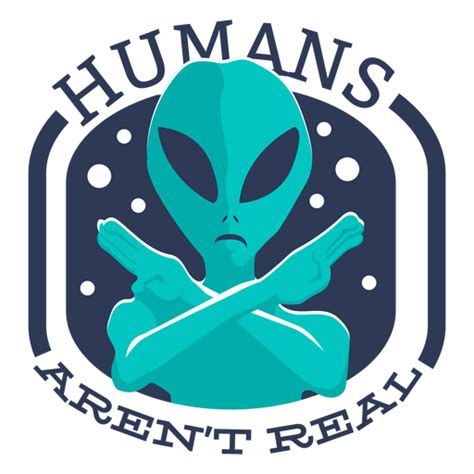A 146,000-year-old skull from Harbin, China, belongs to a Denisovan, according to a recent study of proteins preserved inside the ancient bone. The paleoanthropologists who studied the Harbin skull in 2021 declared it a new (to us) species, Homo longi. But the Harbin skull still contains enough of its original proteins to tell a different story: A few of them matched specific proteins from Denisovan bones and teeth, as encoded in Denisovan DNA.
So Homo longi was a Denisovan all along, and thanks to the remarkably well-preserved skull, we finally know what the enigmatic Denisovans actually looked like.
The face of a Denisovan
So what did a Denisovan look like? Harbin 1 has a wide, flattish face with small cheekbones, big eye sockets, and a heavy brow. Its upper jaw juts forward just a little, and it had big, robust molars. The cranium itself is longer and less dome-like than ours, but it’s roomy enough for a big brain (about 1,420 millimeters).
Some of those traits, like the large molars and the long, low cranium, resemble those of earlier hominin species such as Homo erectus or Homo heidelbergensis. Others, like a relatively flat face, set beneath the cranium instead of sticking out in front of it, look more like us. (Early hominins, like Australopithecus afarensis, don’t really have foreheads because their skulls are arranged so their brains are right behind their faces instead of partly above them, like ours.)



Is it not a WTB (Wind Turbine Base)?
I seen a peanut stand, heard a rubber band
I seen a needle that winked its eye
But I be done seen about everything
When I see a turbine base fly
But who knows, I suppose this all depends on the size of the turbine that gets bolted on to it, stranger things have happened at sea!